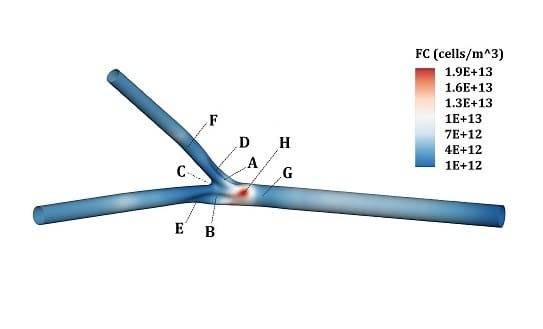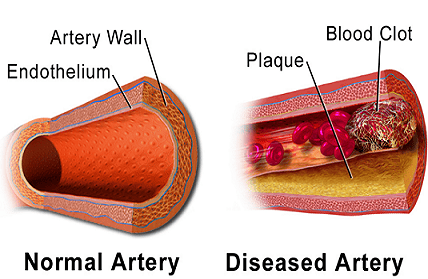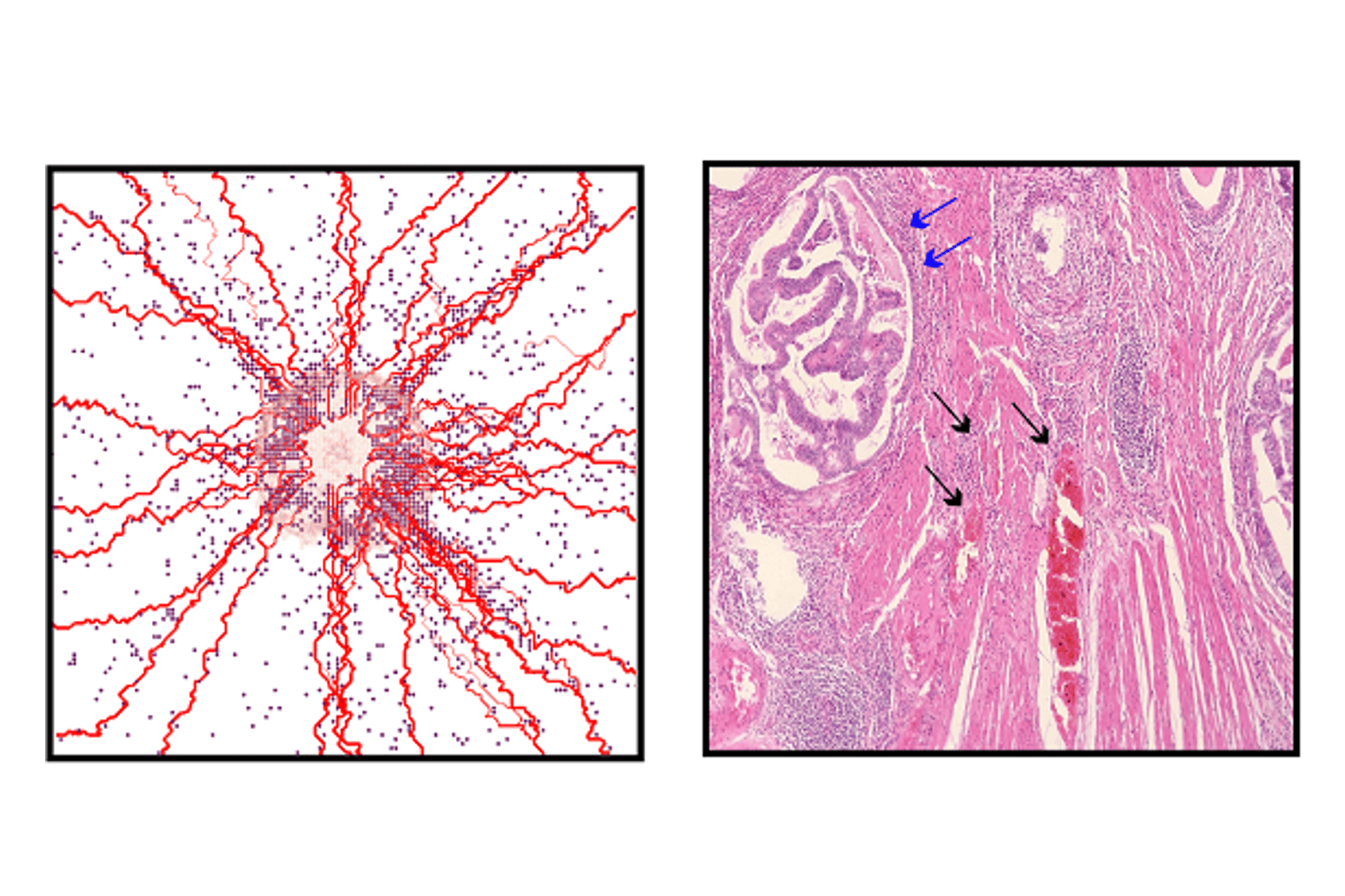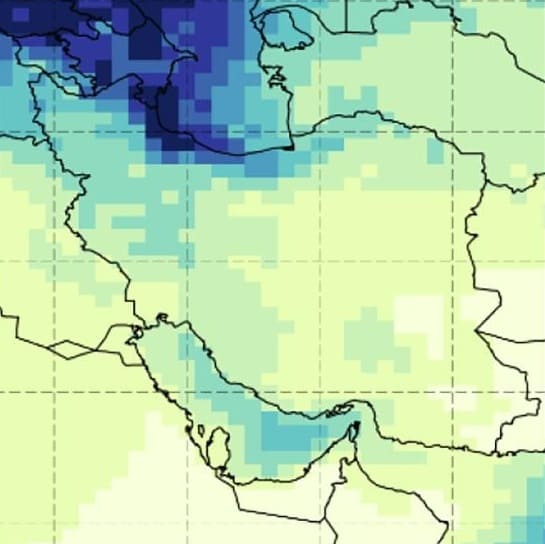Arterial Plaque Growth
Cardiovascular diseases remain one of the leading causes of death worldwide, largely due to the blockage of coronary arteries. Simulating blood flow in arteries is highly challenging because of factors such as the pulsatile nature of blood flow, elasticity of vessel walls, complex vascular geometries, non-Newtonian properties of blood, and uncertain boundary conditions. On top of this, plaque formation involves intricate biochemical interactions within the vessel wall, adding further complexity to modeling. Our group develops mathematical and computational models to capture these processes and also explores their implications for pharmaceutical treatments and conditions such as arrhythmia.





